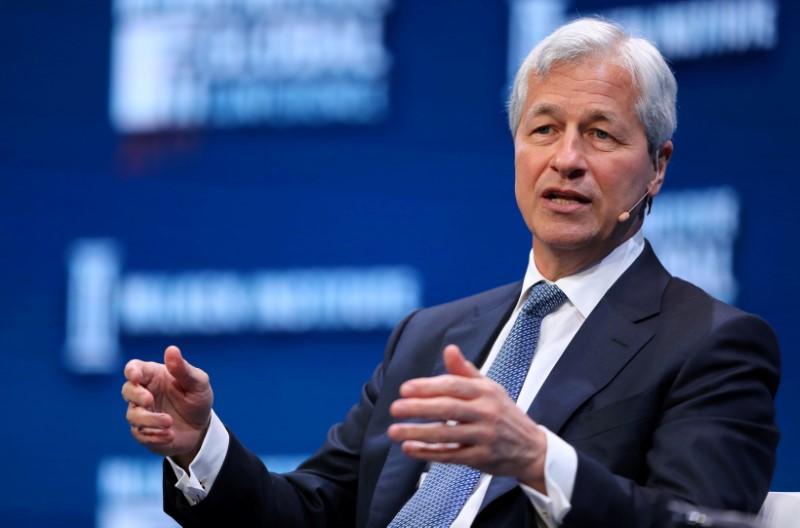Commentary
It seems by now that even people without a penny in the stock market have heard that the Federal Reserve’s target rate for inflation and cutting interest rates is 2 percent. And while that objective sounds terrific, the world we live in is experiencing upward pricing pressure that makes this target elusive and seemingly unrealistic.





